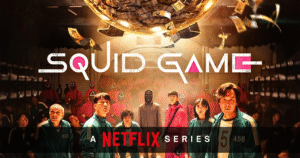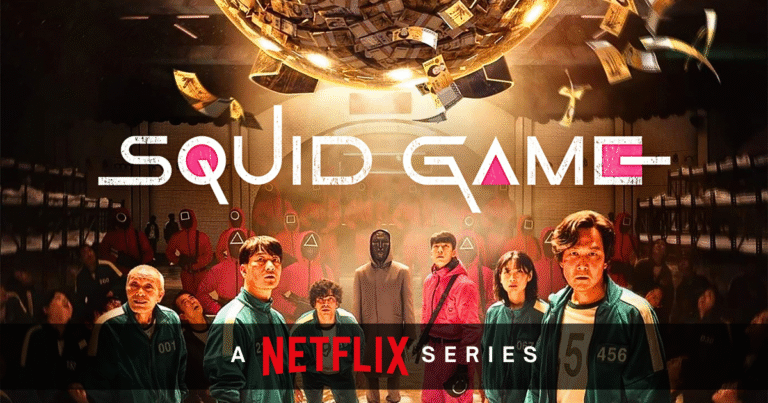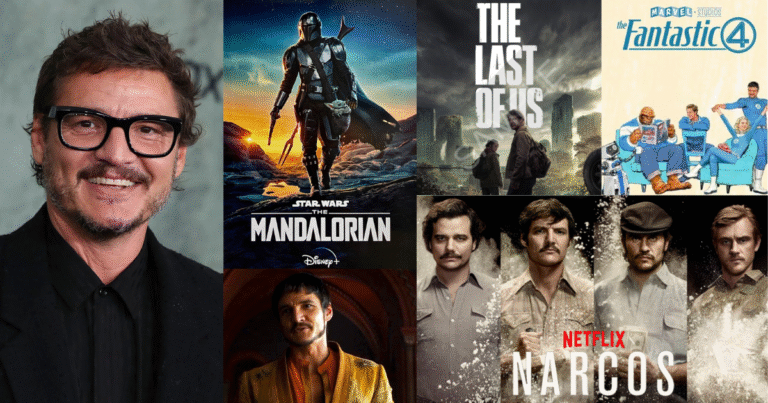When most people think of corporate videos, their minds go straight to product explainers, investor briefings, or glossy ads. But there’s a side of video storytelling that doesn’t always get the spotlight, internal communication films. These are the videos made not for the outside world, but for the people who live your brand every day: your employees.
And done right, these films can be powerful tools for shaping company culture, aligning teams, and making big ideas feel personal.
Let’s explore why internal videos matter, how they’re evolving, and how companies can use them to tell authentic, emotionally resonant stories from the inside out.
Why Internal Communication Deserves More Attention
Companies invest a lot in external messaging. But internal communication, especially when it comes to culture, values, and leadership vision—often ends up in the form of long emails, clunky PDFs, or dull presentations.
Here’s the problem: people don’t connect with text-heavy formats. They want to feel something. And video is uniquely positioned to deliver that emotional connection.
Whether it’s introducing a new CEO, launching a bold new mission, or simply saying thank you to your team, video is the most human, dynamic way to communicate big ideas.
Culture Is Not a Slide Deck, It’s a Story
Every company talks about culture, but few really show it. Culture isn’t just a list of values on your website, it’s how your people behave, how your leaders lead, and how your teams collaborate. The right internal video can capture that spirit in a way no policy document ever could.
Imagine a 2-minute film where employees across departments describe what “integrity” or “ownership” means to them. Or a visual snapshot of your first 100 days of transformation. That’s not just content, it’s your culture in motion.
Values on Screen: More Than Buzzwords
Let’s be honest: most corporate values sound the same, innovation, trust, teamwork. But when you show your people living those values, they stop being buzzwords.
Internal films allow you to:
- Show real-life examples of values in action
- Highlight everyday heroes within your organization
- Celebrate small wins that align with your mission
- Create clarity on what your company truly stands for
These videos can be shared in all-hands meetings, onboarding sessions, or even internal social platforms like Yammer or Slack.
Vision That Feels Personal
When leadership speaks, people listen, if it feels real.
Vision films give leaders a chance to connect on a deeper level. Not in corporate jargon, but in their own voice. These aren’t about reading scripts, they’re about sharing what’s changing, why it matters, and how everyone fits into that journey.
And here’s the secret: it’s not about flashy production. It’s about sincerity. A leader speaking directly to their team with humility and purpose often lands better than a high-budget ad campaign. It builds trust, especially in times of change.
Formats That Work Well for Internal Videos
Not all internal films need to be long or cinematic. Here are some effective formats we’ve seen work well:
- Leadership messages: Vision-setting or milestone updates
- Onboarding films: Welcoming new employees with stories, not slides
- Milestone celebrations: Year-end reviews, team wins, employee anniversaries
- Values and culture stories: Employee-led narratives on company principles
- Change communications: Visual updates around restructures, rebrands, or new initiatives
The key is to keep them authentic, concise, and people-centered.
The Emotional ROI of Internal Films
Yes, there’s data behind this.
Companies that prioritize internal storytelling through video report:
- Higher employee engagement scores
- Better retention of key messages
- Stronger alignment during times of change
- More trust in leadership
But beyond the numbers, there’s emotional ROI. People want to feel seen, valued, and part of something bigger. When your internal communications reflect that, you unlock a more motivated and connected workforce.
What Makes a Great Internal Video?
Here’s what separates a great internal film from one that’s just “fine”:
- Human-first tone: Speak like a person, not a brand manual.
- Real stories, not talking heads: Let employees share experiences in their own words.
- Visual storytelling: Show what the message means, don’t just say it.
- Brevity with clarity: Aim for 1–3 minutes. Respect your audience’s time.
- Consistency: Don’t just make one great film. Build a culture of ongoing visual communication.
The asyaMEDIA Approach
At asyaMEDIA, we specialize in creating meaningful internal films that help brands communicate with heart, not just headlines. Our goal is simple: turn your internal messages into visual moments that your team will remember and talk about long after the video ends.
We work closely with HR, brand, and communications teams to understand your culture and shape stories that resonate, whether you’re launching a new initiative or just saying thank you.
Final Thoughts
Internal communication isn’t just a checkbox. It’s one of the most important touchpoints you have with your people. And in a world where employee engagement and trust are more valuable than ever, investing in human-centered internal films is no longer optional, it’s essential.
If your team deserves better than another PowerPoint, let’s start telling the kind of stories that truly reflect who you are on the inside.











